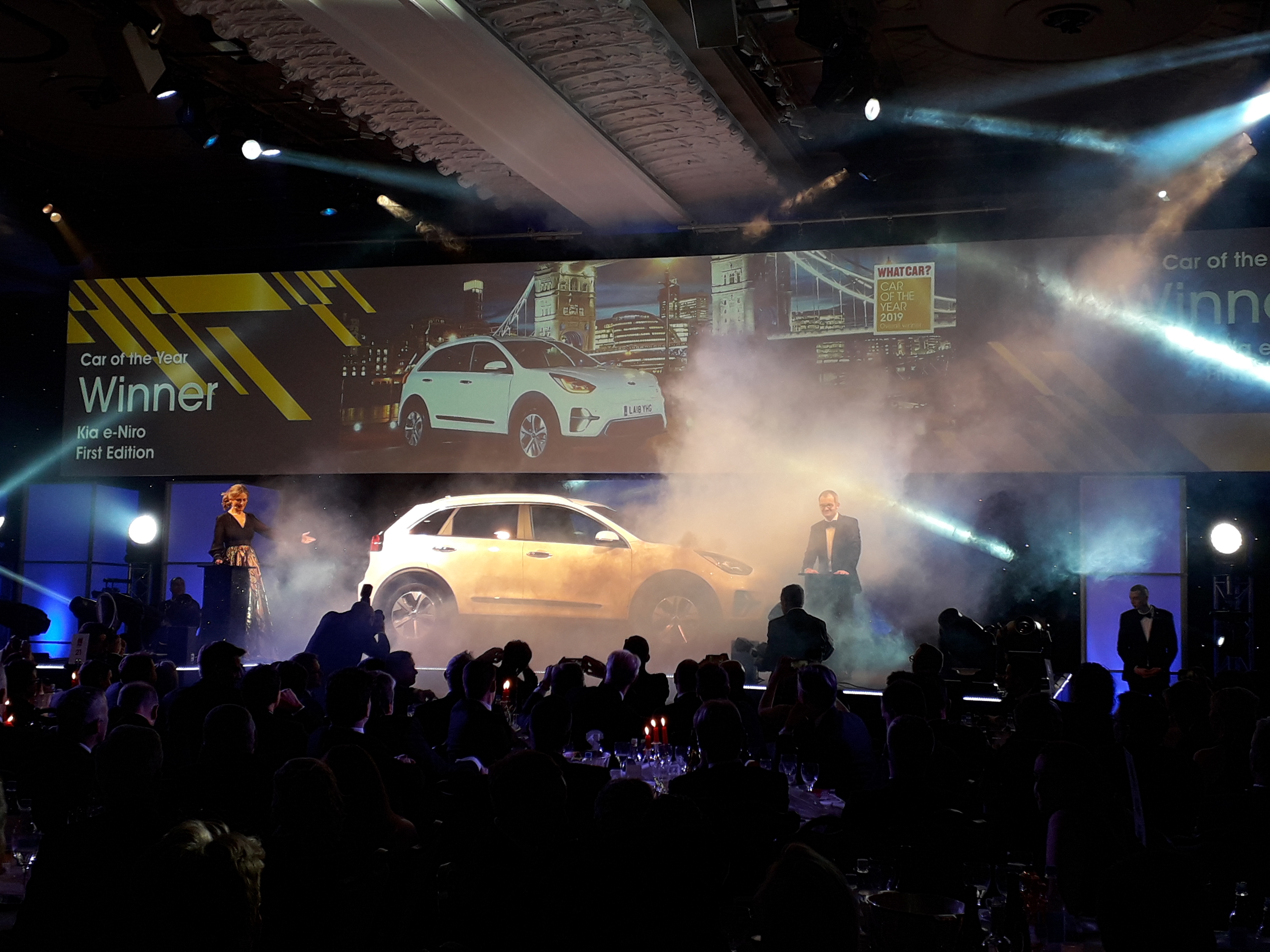Essential bedtime reading - and getting banned from car magazines
What was your bedtime reading as a child? Depending on your era, was it the Famous Five, Winnie the Pooh, Ben 10, Spongebob, or something off an iPad?
For me as a motoring obsessed youngster in the 80s, it was the latest issue of What Car?
Back in 1980/81, What Car? cost about 75p an issue and was my essential reading! So much so, my mum banned me from reading it in the run up to my 12+ exams, thinking it would be a distraction. Oh the horror!
I still have the very first issue from November 1973, which was part of a package of car brochures gifted to me by my mum’s driving instructor in the early 80s – and remains a prized possession.

In the 2000s I worked for Hyundai UK as press officer, and it was a thrill to attend the What Car? awards each year – even more so to win for the Getz supermini in their small car category in 2004; the first time a Hyundai had ever won a What Car? award. The trophy was very heavy I recall.
Fast forward 10 years, and I’ve been able to attend the What Car? awards again in my PR role for IAM RoadSmart. This comes from the fact that all What Car? road testers and journalists take our advanced test when they join the magazine – to ensure their driving standards have an official seal of approval. The fact What Car? come to us for this training, is a real source of pride for us.
The awards themselves are always fun to be at. In spite of it happening on the first snowy day of the winter this year, the networking opportunities at the awards are huge – it is essential in this industry to be seen at events like these, and to promote your organisation’s aims and goals.
This year saw a real sea change in the category winners and the overall What Car? Car of the Year.
The increasing importance of safety, and how technology can assist in making cars as safe as possible, was very apparent – all great news for IAM RoadSmart and how we lobby manufacturers to put safety at the forefront of their plans when developing new product. Something we have accused them in the past of not doing.
For instance the best small car of the year, the Volkswagen Polo, achieves a five star Euro NCAP rating – and even the low level 1.0 TSI 95 SE model at just over £15,000 has forward collision warning with front assist and autonomous emergency braking, and pedestrian monitoring as standard.
Also standard for this model is electronic stability control with anti-lock brakes, hydraulic brake assist, and ASR (traction control to you and me).
This is staggering for a small car, and shows that car makers have been forced to raise their game as consumers and road safety bodies become more demanding of features that will protect occupants and other road users in the event of a crash.
It is also good to see a safety award as a What Car? category. That winner this year was the Mercedes-Benz A-Class; gaining high praise for adult and child protection, and a 92% score in Euro NCAP for protecting vulnerable road users.
It also performed well in impacts involving pedestrians’ upper and lower legs, and its autonomous emergency braking system effective in spotting pedestrians and cyclists.
So the winds of change are blowing.
But the biggest surprise was seeing a Kia as the overall winner. I have got used to seeing cars from the Volkswagen group or prestige brands like Volvo as winners of these awards – but at last badge snobbery has faded, and the abilities of a perceived ‘value’ brand like Kia are now impressing the likes of What Car? magazine.

All this is good news for road safety bodies like us. But all these features will never get away from the need of drivers and riders being better at the task in hand – 95% of crashes are down to the error of the person behind the wheel, and all drivers and riders must be mindful of pedestrians and road users who do not have 1.5 tonnes of metal and a safety cell around them.
Plus we can never forget that children on roads are unpredictable, and we have to pre-empt what they could do.
It takes all of us to save lives – let’s not rely on the car makers to do it all for us.
By Rodney Kumar, IAM RoadSmart senior communications executive

